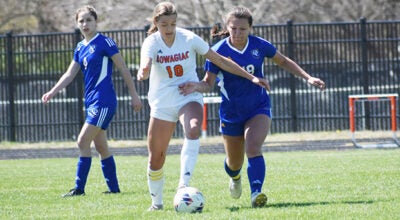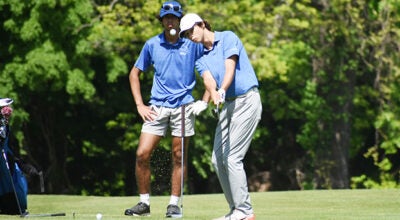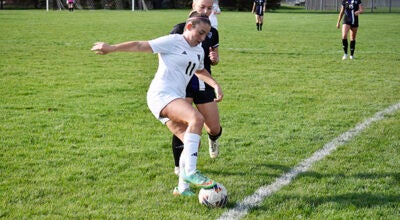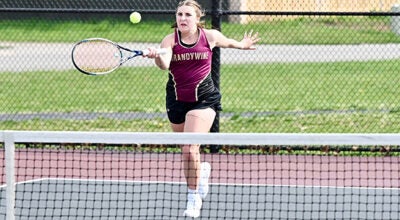NFHS revises guidance on COVID-19
Published 7:21 pm Tuesday, February 2, 2021
|
Getting your Trinity Audio player ready...
|
NILES — In May 2020, the National Federation of State High School Associations Sports Medicine Advisory Committee issued guidelines for COVID-19 and how states could return to playing sports.
On Tuesday, the SMAC issued a new “statement on risk of COVID-19 during high school sports.”
The biggest revision comes from eliminating the three-tiered system they had created last spring, which placed in high-, medium- and low-risk categories.
The NFHS and the SMAC are now asking state athletic associations and other “stakeholders” to consider five factors in assessing COVID transmission during sports.
Two of the factors are “that prevailing community infection rates appear to be the strongest predictor for high school athletes being infected, and proven cases of direct COVID-19 transmission during athletics remain relatively rare,” the NFHS statement reads. “The other recommended factors to consider are that participants in non-contact sports show lower rates of COVID-19 infection than those in contact sports, participants in outdoor sports show lower rates of infection than those in indoor sports, and using face masks for indoor sports results in similar COVID-19 transmission rates to those seen in outdoor sports.”
In revising its three-tier system, the SMAC said as “knowledge of the virus that causes COVID-19 has evolved, we have increasingly recognized that transmission depends upon multiple factors that cannot be easily accounted for by simply dividing sports into three distinct categories of risk.”
Niles Athletic Director Jeff Upton is a big proponent of the NFHS, but does not believe this kind of “one size fits all” approach to regulating high school sports hits the mark.
“The NFHS provides a great standard nationally for High School athletics,” he said. “Unfortunately, the decision to proceed with athletics is on a state by state — and in some cases even a county by county basis. This is one time where the national standard does not fit the pandemic. We must remain patient, continue to practice social distancing, frequent washing of hands, and frequent disinfecting in order to slow down the spread of the virus. We must also remain very patient.”
According to SMAC, the final factor is based on evidence that most of the sport-related spread of COVID is due to social contact rather than sports participation.
“We applaud the great work of the NFHS Sports Medicine Advisory Committee throughout the past year to provide state associations and high schools with well-considered information during the pandemic,” said Dr. Karissa Niehoff, NFHS executive director. “We appreciate the committee’s most recent attempts to reassess how student-athletes can participate in sports moving forward. While we have to be concerned about transmission of the virus first and foremost, we also must consider the mental health of students who have been unable to play sports thus far this year.”







